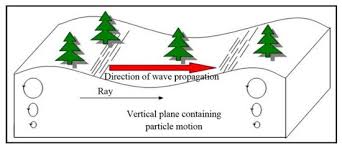Source:-mdpi
Abstract
To design geotechnical structures efficiently, it is important to examine soil’s physical properties. Therefore, classifying soil with respect to geophysical parameters is an advantageous and popular approach. Novel, quick, cost, and time effective machine learning techniques can facilitate this classification. This study employs three kinds of machine learning models, including the Decision Tree, Artificial Neural Networks, and Bayesian Networks. The Decision tree models included the chi-square automatic interaction detection (CHAID), classification and regression trees (CART), quick, unbiased, and efficient statistical tree (QUEST), and C5; the Artificial Neural Networks models included Multi-Layer Perceptron (MLP) and Radial Basis Function (RBF); and BN models included the Tree Augmented Naïve (TAN) and Markov Blanket, which were employed to predict the soil classifications using geophysics investigations and laboratory tests. The performance of each model was assessed through the accuracy, stability and gains. The results showed that while the BAYESIANMARKOV model achieved the highest overall accuracy (100%) in training phase, this model achieved the lowest accuracy (34.21%) in testing phases. Thus, this model had the worst stability. The QUEST had the second highest overall training accuracy (99.12%) and had the highest overall testing accuracy (94.74%). Thus, this model was somewhat stable and had an acceptable overall training and testing accuracy to predict the soil characteristics. The future studies can use the findings of this paper as a benchmark to classify the soil characteristics and select the best machine learning technique to perform this classification.
